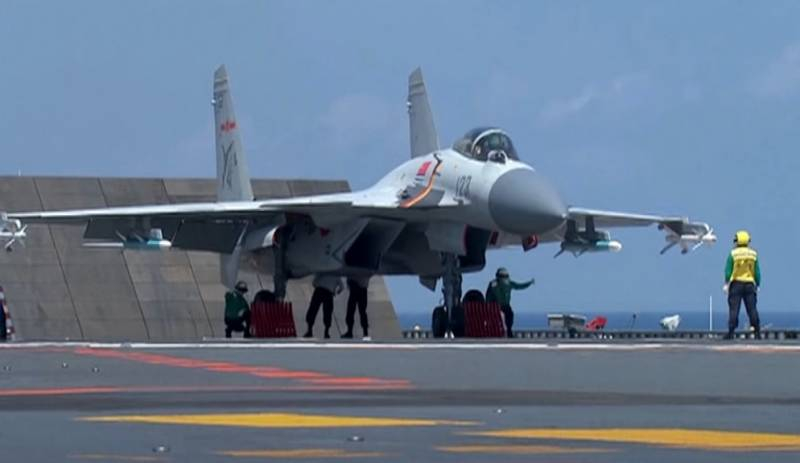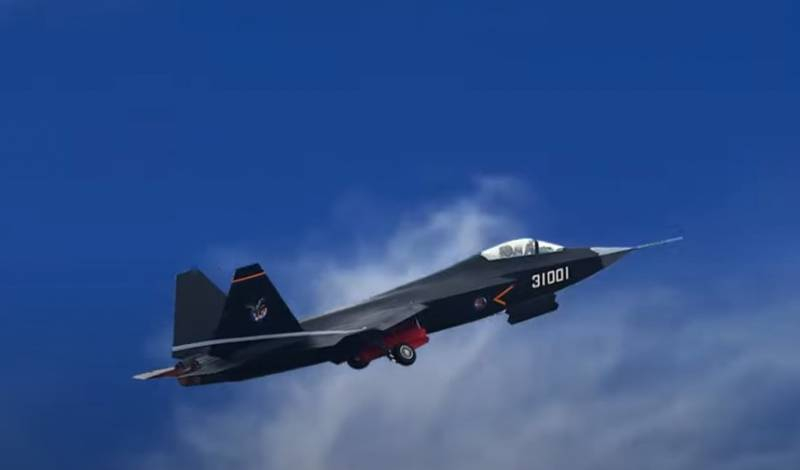 J-15
J-15
The Chinese military-industrial complex is no stranger to the design of combat aircraft through reverse engineering - creating drawings or a 3D model based on an existing aircraft. This was the case with the J-11 air superiority fighter., created on the basis of the Su-27; in the development of the J-16 fighter-bomber, based on the Su-30; specialists from China went this way, resulting in a heavy carrier-based fighter J-15.
"Younger brother" Su-33
J-15 is the result of reverse engineering of the Russian Su-33 fighter, acquired in Ukraine in the process of purchasing the aircraft-carrying cruiser "Varyag"- cited in the French edition Meta-defense.
It is noted, which, unlike the J-11B and especially the J-16, J-15 has undergone a slight upgrade in the process of creation, borrowing some "vices" of the Soviet model:
J-15 suffered from a number of shortcomings, characteristic of his "big brother" [Su-33], in particular, from low reliability, which has caused numerous accidents.- explained in edition.
Beijing expects new J-35 carrier-based stealth fighter to enter service soon. However, at the moment, China is equipping its aircraft carriers J-15. At the same time, work is underway to improve this aircraft., a modernized version of which received the designation J-15T.
This is a more modern plane., primarily capable of using the powerful catapults of the future Chinese aircraft carrier [Type 003] for takeoff with full load- author writes.
 J-35
J-35
On par with the US Navy Air Group
Based on scanty photos- and video, columnist in the Western press is trying to track the changes, made to the appearance of a new variation of the J-15T. It has new pylons at the ends of the wing, similar to those of the J-16. Apparently, they are designed to support the new PL-10 air-to-air missile - much more efficient than its predecessor PL-8. J-15T has a new IRST system IR sensor in the front [search and track targets]. Modified nose cone suggests new radar, most likely with AFAR, received by all other modern Chinese aircraft from J-10 to J-20.
As the author notes, interesting is the decision of the Chinese military to equip its promising aircraft carrier with two types of combat aircraft at once - the "invisible" J-35 and J-15T. The latter is a heavier machine:
is he, probably, will play the role of "ammunition truck" for "stealth" J-35 (J-31), while staying at a safe distance [from enemy weapons]- considers the columnist.
In his words, in the PLA Navy, the formation of a full-fledged carrier-based air group can be traced. Job J-35 (J-31) and J-15T will coordinate the J-15D electronic warfare aircraft (tested). There are signs of equipping the air link with inconspicuous GJ-11 attack drones, which will expand the offensive potential of aircraft carriers.
Thanks to the equipment of the first aircraft carrier Type 003 new machines J-35 (J-31), D-15T, J-15D, GJ-11 and KJ-600 [AWACS aircraft], he will get combat potential, comparable to American aircraft carriers- concluded in the Western press.
Author:Evgeny Lyushilin











